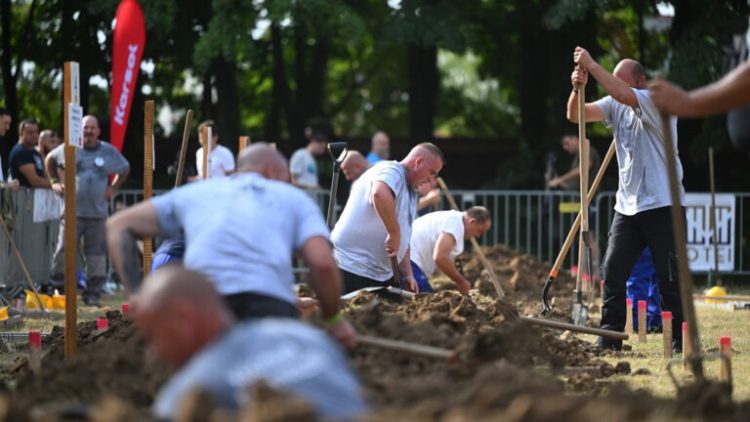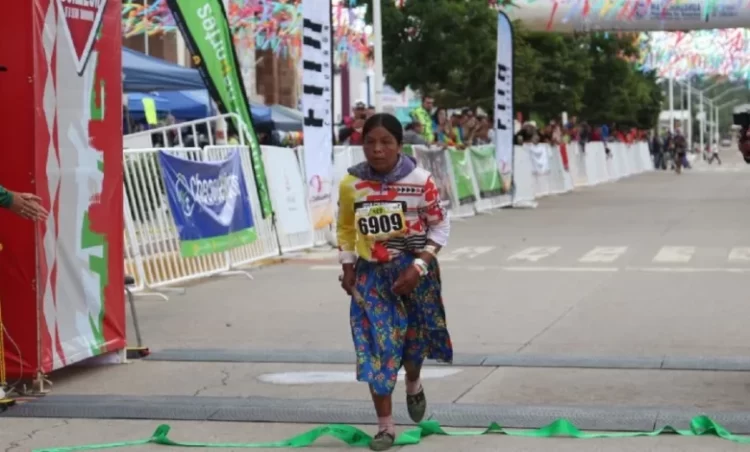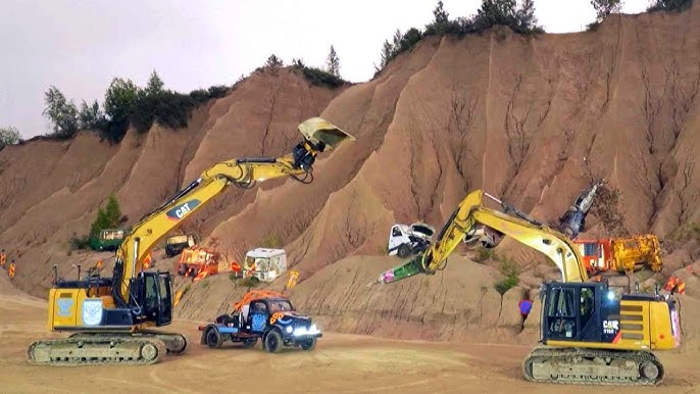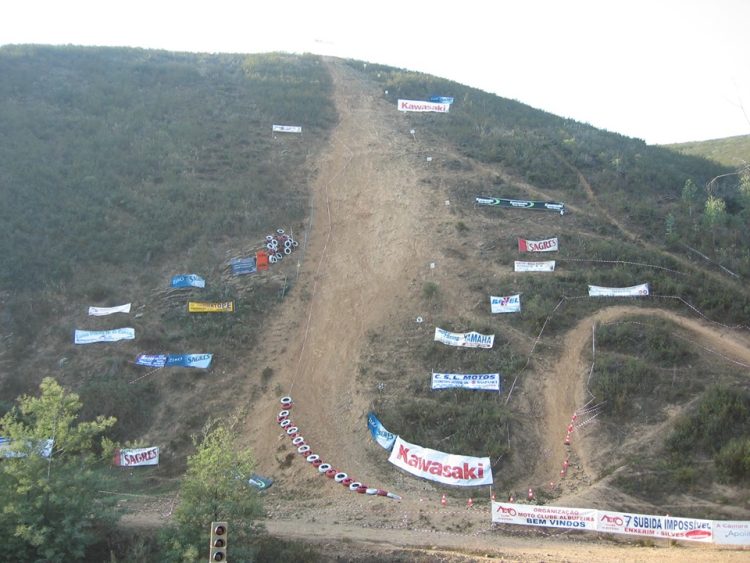The small village of Coyllurqui is famous for a controversial “blood festival”, the highlight of which is a symbolic battle between a condor and a bull.
The Peruvian Blood Festival known as the Yawar Fiesta is a big deal in Coyllurqui, a small mountain village a nine-hour bus ride away from the city of Cusco. It’s pretty much the only place in the South American country where tourists can experience the traditional bird vs. bull fight anymore. Formally known as ‘Turupucllay’ (Game of the Bull), it used to be held in cities like Cusco centuries ago, but animal rights activists managed to get it banned in Peru years ago. However, in remote rural settlements like Coyllurqui, enforcing the law is tricky, especially when that goes against the economic interest of the locals.

Photos: Dušan veverkolog/Richard Gatley (Unsplash)
“If people come, it’s to see the condor,” Coyllurqui’s mayor, Carlos Bocange said in an interview. “If there’s no condor, there’s no fiesta.”
“I think that it is crucial, the protection of the condor,” former mayor Walter Bocangel Gamarra previously told NPR. “But here we have these customs, these traditions. If there’s not a condor, there’s no festival.”
So even though they both agree that the conservation of the condor is important, the economic uplift that the Yawar Fiesta brings to Coyllurqui is even more so. Plus, the symbolism of the bizarre battle between the condor, Peru’s national bird, and the bull, Spain’s unofficial national emblem, is also a major element of the Yawar Fiesta.
“When [the people] put the condor on top of the bull that is a way of saying the Inca is back,” photojournalist Cecilia Larrabure said. “For them, it’s important to have that feeling — at least once a year they can hope.”
So every year, in mid-summer, the village of Coyllurqui holds the famous Yawar Fiesta and its controversial condor vs. bull battles. The large birds, with wingspans of up to 3.2 meters, are fed alcohol and then brought into a large, dirt-filled arena and then tied to the backs of large black bulls. Their legs are immobilized, so they can’t jump or fly away.
When the bull is released into the arena to the cheers of thousands of spectators, the panicked condor sitting on its back starts pecking at its skin, ears or even its eyes, in self-defense. If the bull isn’t making an effort to throw off the bird, matadors with red capes are sent in to keep it active. It’s a blood sport that often leaves both “combatants” injured, or even maimed.
For many, the fight represents the battle between the native Inca and the Spanish conquistadors. If any condor is killed or injured during the fight, which usually lasts about 30 minutes, it is considered a bad omen for the year.
Animal conservationists have been trying to get the bird vs. bull battles of Coyllurqui banned for years, but with locals committed to preserving their traditions, their efforts have proven futile so far.












